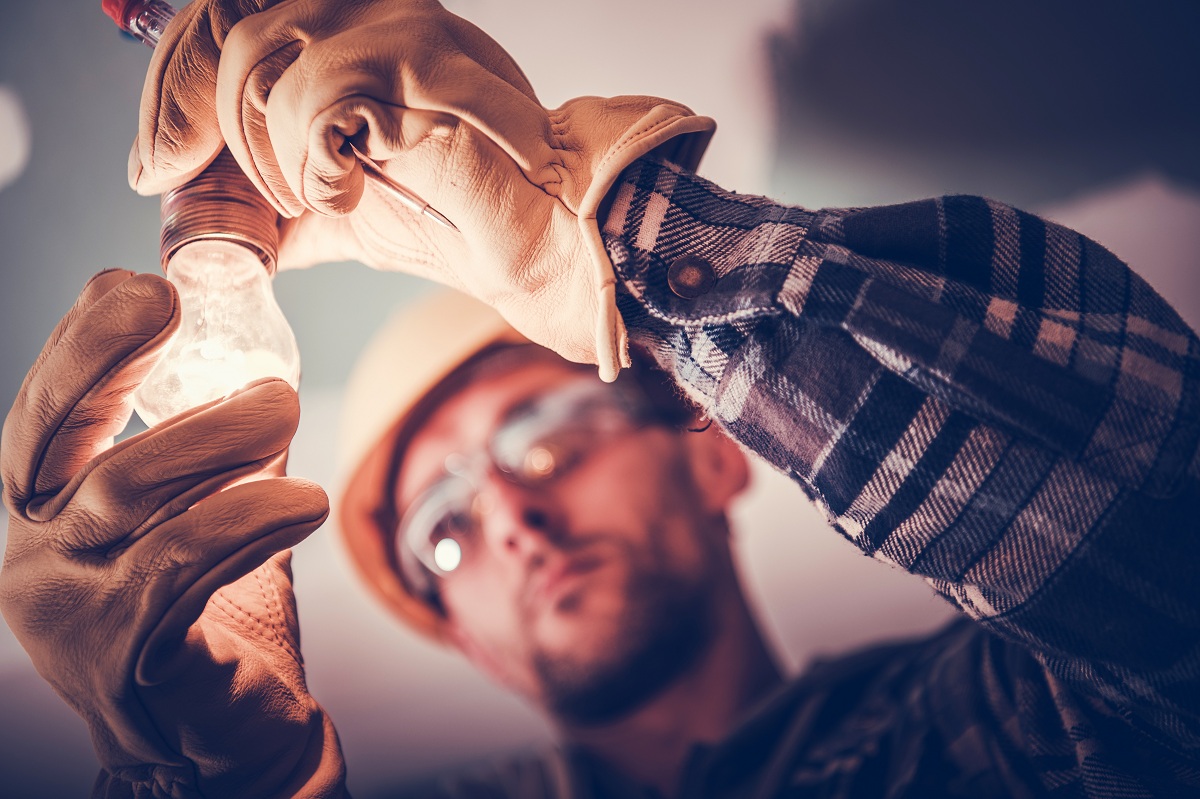Energy efficiency is something that every company out there should do. Conserving energy can help manufacturers and other organisations cut down on their carbon footprint.
What’s more, saving money helps businesses save money. An energy-efficient plan can make machines run more optimally.
If your organisation is using pneumatic systems to create products or raw materials for your market, you’ll want to take steps to minimise energy consumptions. This way, you could enjoy year-over-year savings and boost manufacturing efficiency.
Here are seven ways to save energy on your pneumatic tools and equipment:
Optimise Your Tubing Systems
Figure out what you need to change in your compressed air piping systems. Your goal should be to make adjustments that will lead to energy and money savings.
Start by taking a good look at the diameters and lengths of your tubes. When making changes, replace cramped tube elbows, as well as unnecessary connectors and valves, with better components. Also, whenever possible, see if you could substitute long tubes with short ones. If you have pneumatic systems that have closed circular pipelines, try to replace them with pipelines that have dead ends.
Ultimately, the systems that require tubing optimisation are pneumatic equipment and tools that have a lot of long runs and tubes. By keeping the pipelines short, you minimise the loss of pressurised air.
Determine the Baseline Pressurised Air Cost and Usage
Pneumatic systems consist of a range of functions, including the preparation, generation and production of compressed air. These functions require baseline assessment to help you figure out the machine’s cost and usage and develop sensible and cost-efficient improvements on carbon emissions and energy consumption.
Given that baseline auditing is a specialised job, you may want to find an energy auditor for your manufacturing facility. The results of the assessment are an opportunity for your maintenance employees to know what is required to conserve energy.
Minimise Pressure in Pneumatic Machines
See if your maintenance workers can reduce air pressure at the process and machine level. When you have the pressure lowered on your pneumatic systems, make sure that the reduction does not undermine the overall operation of the machine. The objective is to cut down on pressure to minimise energy consumption without negatively affecting system performance.
Detect and Resolve Leaks in Air Pressure
Leaks are a major source of wasted energy in pneumatic systems. They cause the pressure to drop too much in these systems, making air tools less efficient. Production facilities, therefore, should uncover these leaks before they cause pneumatic machines to fail.
Invest in detection machines that can easily find the location of the leaks. If this piece of equipment is too expensive, you could use headphones and run a long stick over the distribution junctions or pipes to find the issue. The leak should sound like a loud whine, which indicates the location of the problem.
Install Sensors to High-consumption Pneumatic Machines

Flow, pressure and differential sensors monitor and alert production facility employees on unusual conditions, such as erratic airflow rates and unusual compressed air pressure. They can use the data generated by the sensors to take the appropriate action.
An example is a sensor registering changes in differential pressure. This could point to filters inside the pneumatic machine that require replacement or cleaning. Facility workers can use the information on the sensor to inspect the system and clean or replace the filter.
Switch off the Pneumatic Systems During Downtime
Some machines don’t need to run 24/7. If your production facility only has one shift, switch off the pneumatic equipment. Think of these machines as light fixtures in your home that you need to turn off when not in use.
Involve Top Leadership on Energy Conservation
The vision of making the production facilities and pneumatic systems more energy-efficient has to come from the top. Although subject matter experts and highly knowledgeable managers can make the case for action, the leadership team should be the individuals who come up with the goal and the mandate.
Executives who make energy conservation a goal enable departments from all across the company to work together and minimise energy usage. These executives will be the ones to eliminate departmental hurdles to effective action.
Top leaders seeking improvement in energy efficiency should create all-inclusive and motivated teams to come together and figure out how to make pneumatic systems more energy efficient. Team members should consist of people from various departments, such as quality, purchasing, logistics, maintenance and production.
These seven suggestions will help you save on operational costs and cut down your plant’s carbon footprint. Don’t let your pneumatic tools turn into an energy hog. Take action to improve their energy efficiency.
